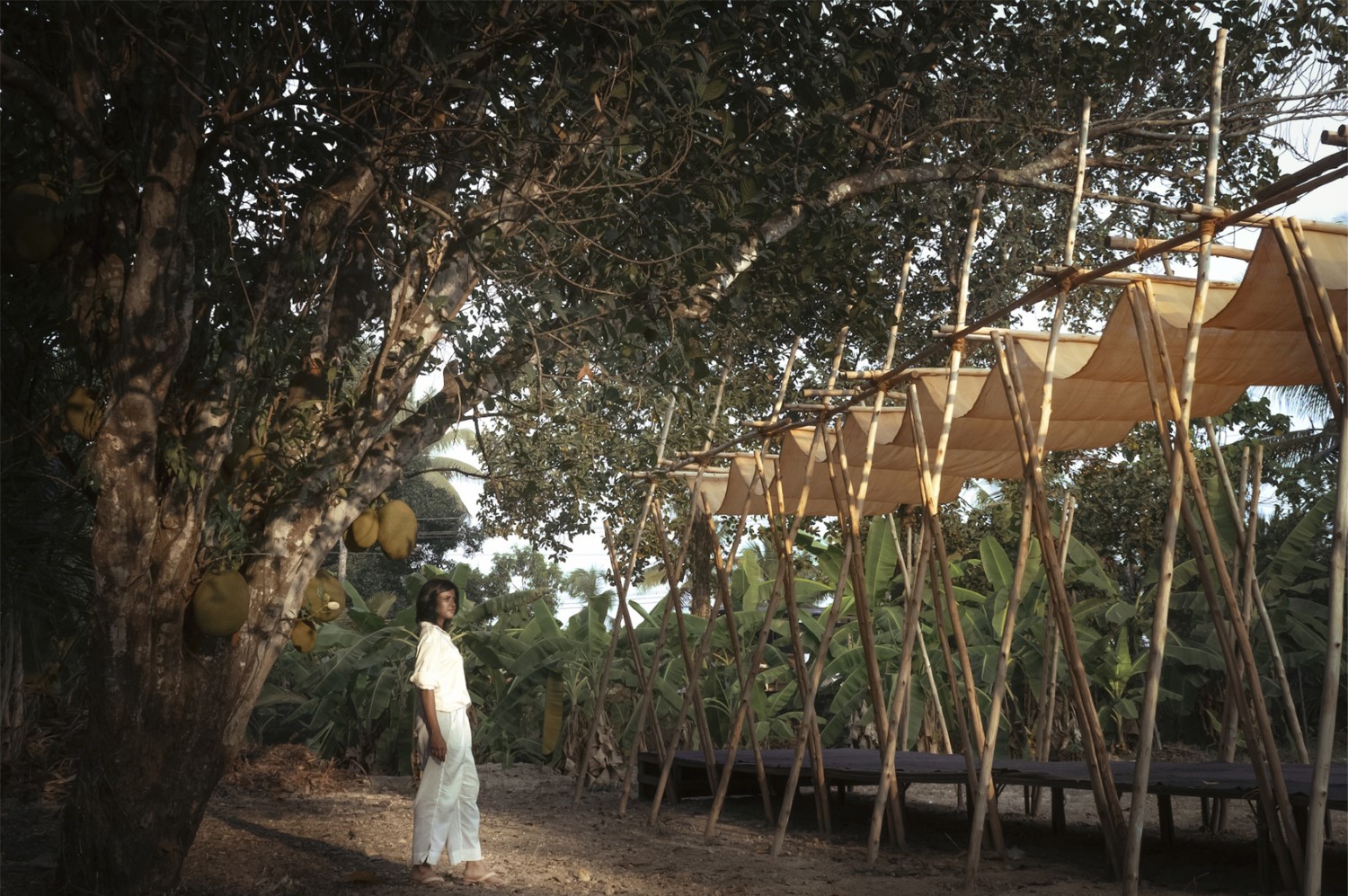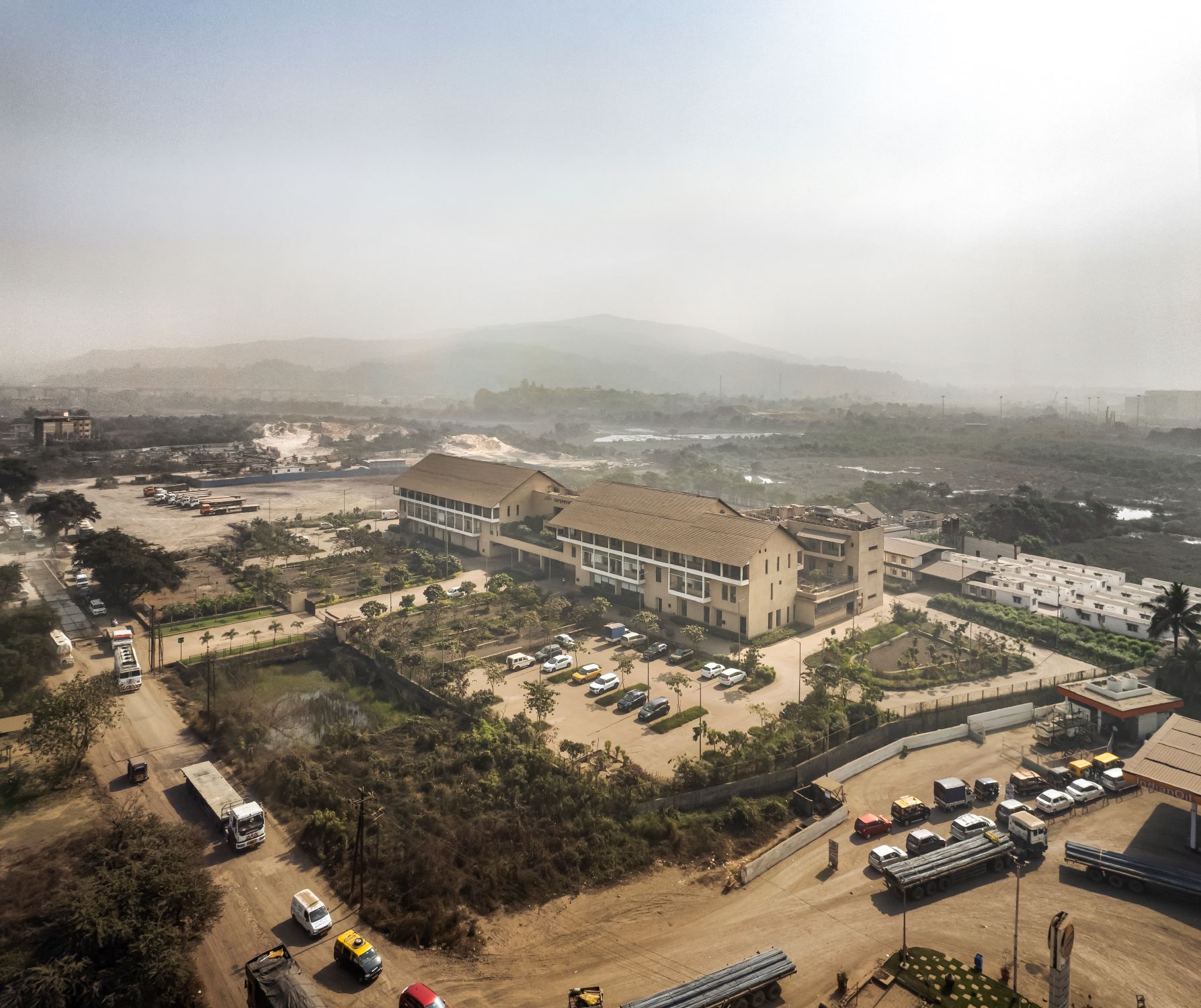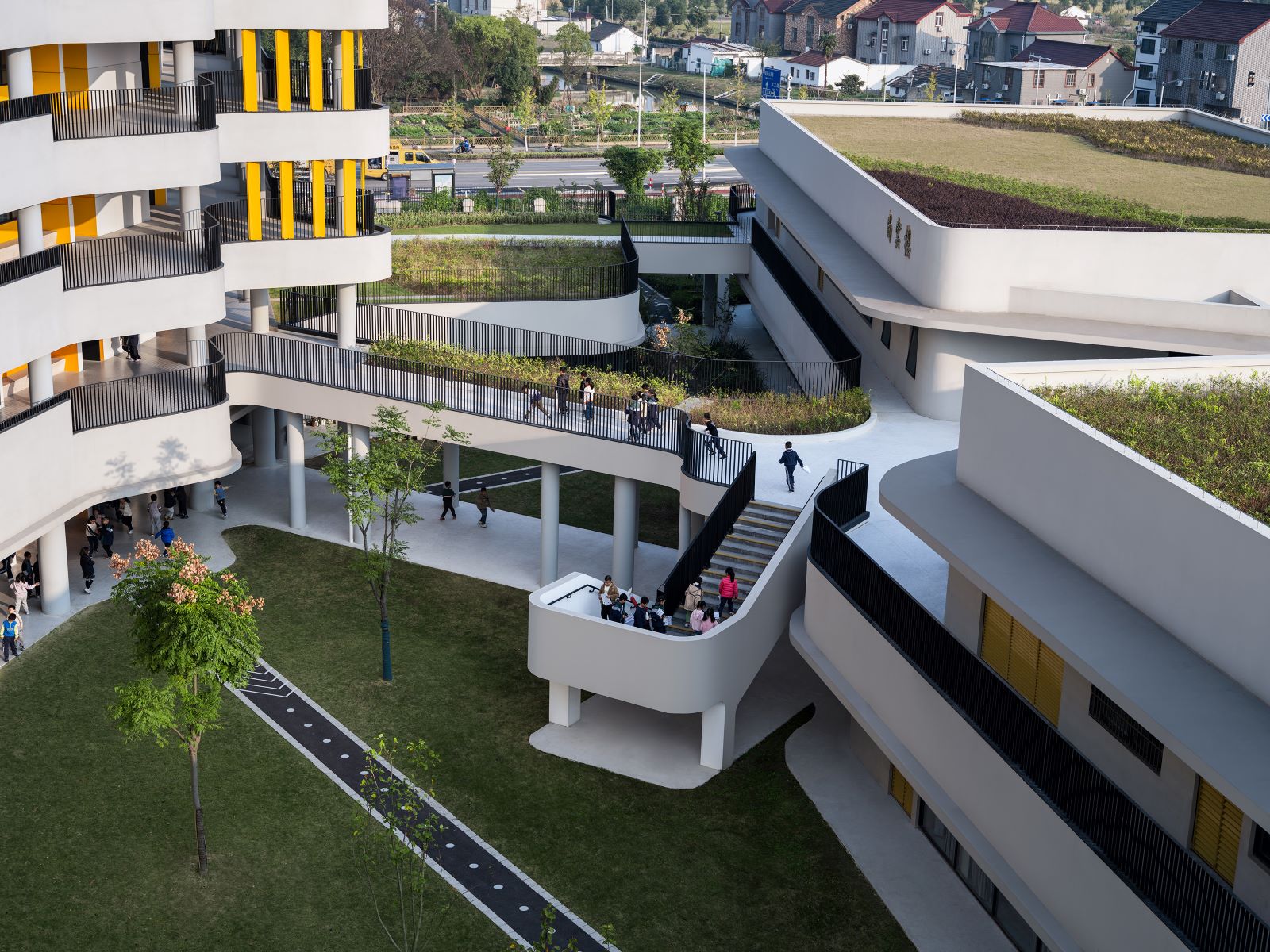Team Samakrut, from SMEF’s Brick School of Architecture and BRACT’s Vishwakarma Institute of Information Technology won the Community Resilience Shelter Division. The team was made up of 11 architecture students and 1 civil engineering student and was mentored by Prof. Vinita Lulla who was their faculty lead with 3 other faculty members acting as advisors. They partnered with industry experts who have worked in the areas of water, marine corrosion, bamboo technologies, and earth foundations.
They tackled the problems of the drought-prone region of Thane district in Maharashtra, focusing on the village of Veluk which has a population of 747 people, while providing a scalation solution for surrounding villages. Their project partner was Urvee Public Trust.
Despite the heavy rainfall, this region has low groundwater infiltration, resulting in significant runoff, and low groundwater recharge. The project was envisioned by this team not only for drought management but also as a way to address the underlying socio-economic problems caused by drought, where polygamy is practised by men as a way of having multiple women in the household to collect and carry water for the family’s needs. The design proposal was developed in 3 levels of interventions. The macro-level intervention consists of building a water reservoir, stepwells, and afforestation with bamboo and other local species. The multi-layered foundation was envisioned as a Devrai and a memory forest. The micro level plan shows use of harvested bamboo, soil and lateral from the reservoir excavation, and two existing structures, to build the community resilience shelter with congregations spaces, storage, medical facility, administration, and training. The shelter also has a seed bank and a greenhouse. In their 3rd level, they have proposed an innovation called the mobile network, which are mobile pod structures that showcase the use of bamboo in construction and furniture. These pods can be used for shops, medical OPD services, libraries, vocation training, and community activities. They are modular and can be put together to provide flexibility for larger or smaller spaces.
Team Samakrut took a comprehensive approach to community resilience and worked at the level of the entire village to understand the problems and propose their interventions. They engineered the construction detailing of the structures with heavy use of bamboo, applying the principles of passive design, and energy efficient equipment to develop a net-zero energy building. Their mobile pods are also equipped with renewable energy systems to make the pods self-sufficient and easy to set up in remote locations. Their approach to using local materials resulted in construction cost that was 28% lower than a typical building.






